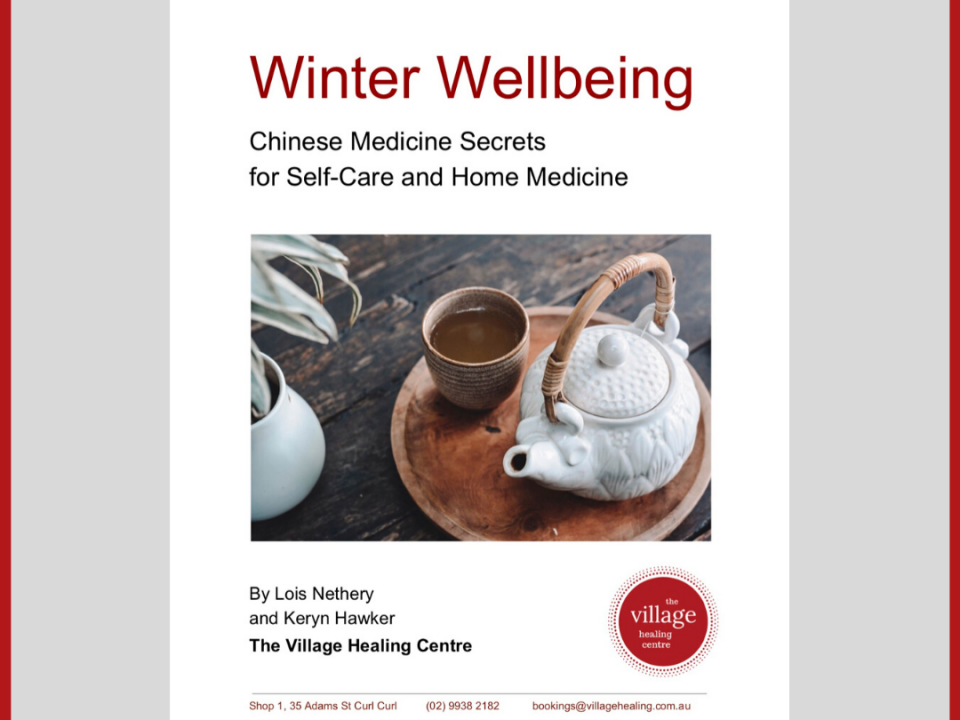Last week we met Cara and completed the first steps to help her create change in her life. If you missed that article, go ahead and read it now – we’ll be here when you return!
This week we move on to the next two steps. By the end, you’ll see how Cara’s situation has shifted from a negatively-directed spiral – of tiredness and overwhelm – into a set of discrete actions. Not just any actions though – these are the actions that she knows are right for her, right now.
Let’s see how the next steps work.
Step 3: Sorting
Last week Cara listed out the simple facts of her situation. She didn’t judge, and she wasn’t trying to fix anything.
Then she created a subtle shift by accepting each and every aspect of her current situation.
Now she’s ready to sort through those issues, feeling her way into it, preparing for her personal action plan.
If you’re doing this with us, grab four blank sheets of paper.
Label your pages:
- “OK for now”
- “Could change”
- “Need to change”
- “Not sure”
Now, read each of your statements that begins with “I accept that”.
And then, if it feels true, that you can peacefully accept that statement, then re-write that statement on the first page: “OK for now”.
IMPORTANT! Don’t overthink it, trust your gut! If your first reaction is that it does feel OK, even if you don’t know why, just go with it!
Here’s Cara’s page – OK for now:
- I accept that sometimes the workload is fine, other times I get really stressed
- I accept that I’m often too tired to exercise afterwards
- I accept that I’m usually tired when the alarm goes off in the mornings
- I accept that on the weekends, when I can sleep a bit longer in the mornings, I feel a lot better
Next, read through each remaining statement. As you read each one, if you feel a knot in your stomach, if you are mentally arguing, if you feel tense, if it feels wrong somehow – then re-write that statement one the third page: “Need to change”. This is a place for those statements that give you a distinct feeling of some kind of discomfort.
Here are Cara’s statements that really didn’t sit well with her – “Need to change“:
- I accept that I find it hard to say no to my boss, so I often take on too much
- I accept that I reach for chocolate more and more for an energy hit, and have started keeping it in my desk drawer
- I accept that when I’m travelling for work, I don’t eat well
- I accept that we’re often too tired and getting home too late to make a good dinner, so we just snack (and sometimes have too much wine…)
- I accept that I feel like work is taking over, like I’ve got no time for myself or hobbies
For the next part, read through what’s left. Imagine that a friend is telling their woes to you. If you imagine yourself replying something like “hey, that’s OK, most people feel that way sometimes” when you hear one of these statements, then you’re going to re-write that onto the page: “Could change”. So it’s not great – but hey, life isn’t perfect. These are the things that are totally fine to be on the back burner for now.
Here are Cara’s statements – “Could change“:
- I accept that I work 10-hour days, sometimes 12 when there’s a project on
- I accept that I don’t exercise before work
- I accept that some people at work use the in-house gym, but I don’t
- I accept that I often skip breakfast, sometimes having it on the bus or at work, other times not at all
- I accept that I either buy lunch or skip it
The bonus step, if you need it, is for those statements that you really can’t decide where to place them. For Cara, the following statements weren’t as urgent as “Need to change” but they were a bit too not-OK for “Could change”. If there was a page two-and-a-half, that’s where she’d put these ones!
“Not sure”:
- I accept that we eat quite late and then stay up reading or watching movies until after 11
- I accept that if I earned less, I’d feel guilty about not paying my part of the mortgage
Now the structure for Cara’s action plan is starting to come together, but first she gets to enjoy lightening up a bit!
Step 4: Releasing
This step releases all the energetic investment that you’ve had in every aspect of your situation, liberating your mental bandwidth to zoom in on just those parts that need addressing for now.
This frees up your energy which means you can do more, with less. Less involvement, less energy, less worry.
This one is nice to do in both written and spoken form, if you dare! Or you can do one or the other, whatever feels best for you.
It’s simple – after each statement on “OK for now” page, and then on the “Could change” page, you just write “and that’s OK”.
Read through Cara’s two lists to get a feeling for it. Try it for yourself too!
OK for now:
- I accept that sometimes the workload is fine, other times I get really stressed, and that’s OK
- I accept that I’m often too tired to exercise afterwards, and that’s OK
- I accept that I’m usually tired when the alarm goes off in the mornings, and that’s OK
- I accept that on the weekends, when I can sleep a bit longer in the mornings, I feel a lot better, and that’s OK
Do you feel how there’s yet another shift? Does it lift the heart a little? Does it feel a little more kind?
And here’s Cara’s “Could change”:
- I accept that I work 10-hour days, sometimes 12 when there’s a project on, and that’s OK
- I accept that I don’t exercise before work, and that’s OK
- I accept that some people at work use the in-house gym, but I don’t, and that’s OK
- I accept that I often skip breakfast, sometimes having it on the bus or at work, other times not at all, and that’s OK
- I accept that I either buy lunch or skip it, and that’s OK
This time, she’s had a little more worry invested in these statements. And finishing it off with “and that’s OK” is a way for her to let herself off the hook... like giving herself a hug.
You can do this with the statements you’re not sure about too:
- I accept that we eat quite late and then stay up reading or watching movies until after 11, and that’s OK
- I accept that if I earned less, I’d feel guilty about not paying my part of the mortgage, and that’s OK
Next week we’ll explore the final two steps in this process of consciously creating meaningful change. You’ll see how Cara uses her inner guidance to figure out what to do with those parts of her situation that need to change, and you’ll also hear the story of what happened at the end of her process…




